Handspun yarn has always been a favorite of mine for knitting. It makes fabric with interesting textures and color combinations, and I always feel excited about how the fabric will turn out.
These yarns are also wonderful for weaving fabric for the same reasons. Anything made with handspun yarn has a bit of magic in it.
I started spinning when art yarn became popular among the spinning community. I was mesmerized at the possibilities of creating something that challenges my abilities while having fun at the same time. As soon as I was able to spin a decent yarn, I started breaking the rules by experimenting with fibers, textures, thicknesses, and color. Suddenly I had a basket filled with small skeins of yarn that didn’t match each other. So what do I do with all these beautiful skeins?
I’ve been felting for many years. I started felting before I learned to spin. Nuno felting is a technique created by textile artist Polly Stirling from Australia in 1992. The fabric made with this technique has a wonderful drape because it is made with a thin layer of fabric, usually silk, as a backing, which the wool easily grabs onto. So, going back to my continuously growing stash of handspun yarn, I realized I can also use it on my felting to add interesting textures to the felted fabrics.
Overspun yarn
I know overspun yarn can be a disappointment since we can go to great lengths to spin that perfectly balanced yarn, but when it comes to felting, overspun yarn can be very satisfying.
The yarn used in these photographs is made with Muga silk that has been intentionally overspun. The silk has enough “tooth” that the wool fibers grab easily onto the silk, but caution must be used because if too much silk yarn is added, it’s likely the wool won’t be able to grab onto the silk and may fall from the fabric.
Lacy effect
I can also make felt with a lacy effect using handspun yarn.
The yarn used in this sample is Tussah silk that I placed between layers of Cormo, alpaca, and Merino without the use of any fabric as backing in order to create holes. I took advantage of the natural tendency wool has to grab onto each other to make felt, with the effect of lace.
Besides providing a foundation to make the fabric sound, silk yarn also adds a beautiful lacy effect when it is combined with wool. They complement each other perfectly.
Corespun yarn
Another type of yarn I tend to use often is corespun yarn because of its bulk.
The silk hankies are often used on Nuno felting because it can help trap fibers. In this case, the corespun yarn was placed between the wool and the silk hankies creating a ridge as a decoration.
In these examples, I’m using a bulky lockspun yarn as a decoration. The wool yarn felts easily as long as the wool used is not superwash. If there is any doubt the yarn will felt, I suggest to felt a little sample first to avoid disappointments. Ask me how I know!
These are just a few examples of how to use handspun yarn, so if you ever wonder what to do with your handspun art yarn, try Nuno felting! Experiment with the different thicknesses, and remember, just have fun with it!
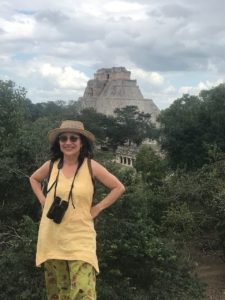 Patricia Briceño is a textile artist born and raised in Yucatan, Mexico. She doesn’t have formal training in art, but she entered the world of felting for the first time several years ago, through the guidance of Polly Stirling, the pioneer of Nuno felting. She vividly remembers the feelings and excitement she had when she first dove into learning a whole new language that wool and silk speak when they get together. She has also been trained by felt designers Vilte and Irit Dulman whose innovative work brings a fresh and contemporary approach using only green and sustainable materials to produce sophisticated and one–of–a–kind art pieces.
Patricia Briceño is a textile artist born and raised in Yucatan, Mexico. She doesn’t have formal training in art, but she entered the world of felting for the first time several years ago, through the guidance of Polly Stirling, the pioneer of Nuno felting. She vividly remembers the feelings and excitement she had when she first dove into learning a whole new language that wool and silk speak when they get together. She has also been trained by felt designers Vilte and Irit Dulman whose innovative work brings a fresh and contemporary approach using only green and sustainable materials to produce sophisticated and one–of–a–kind art pieces.

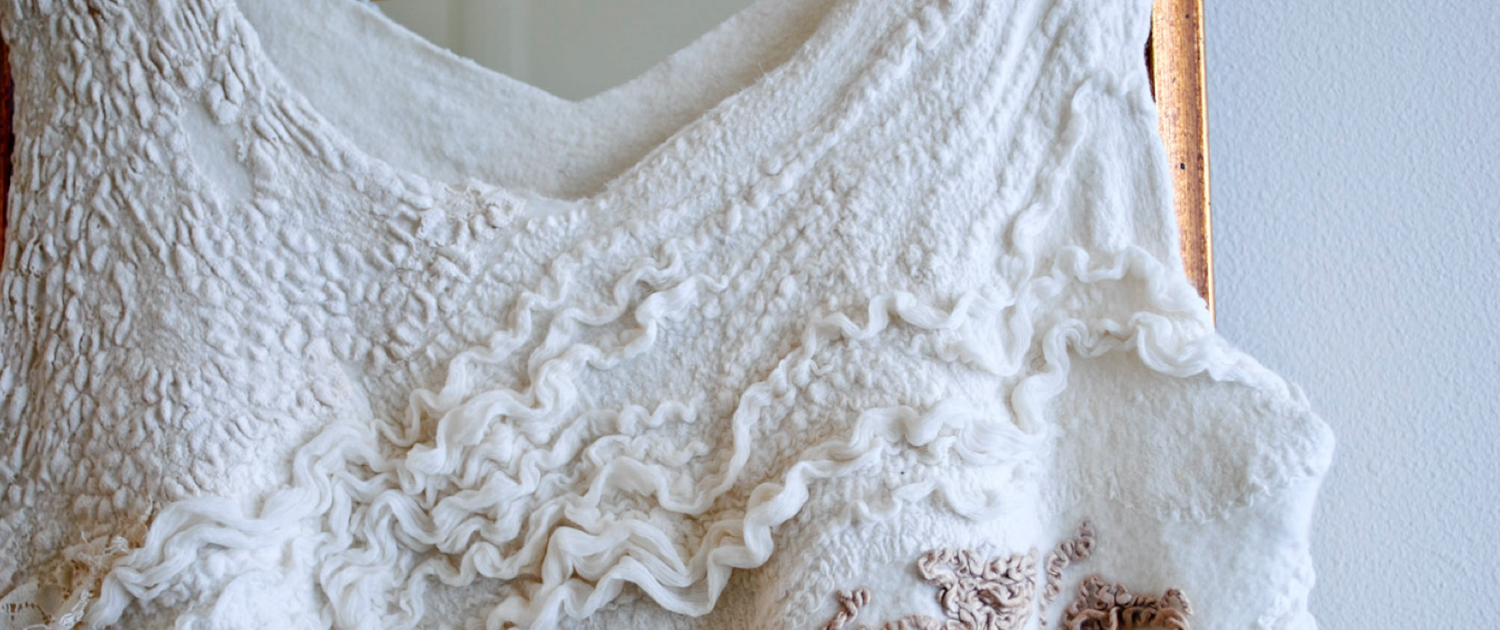
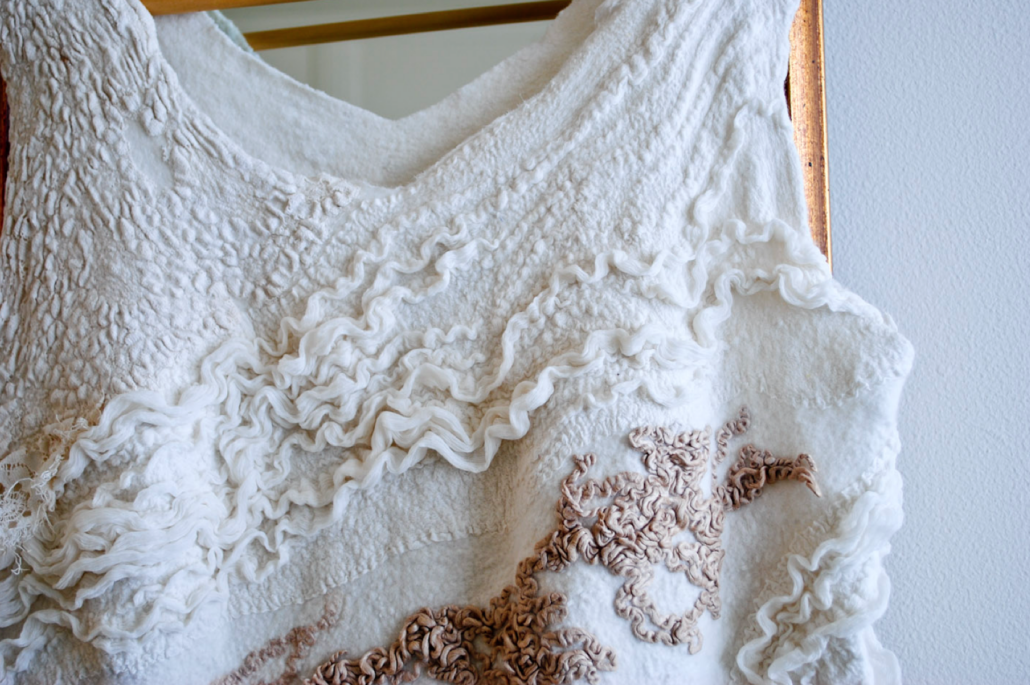
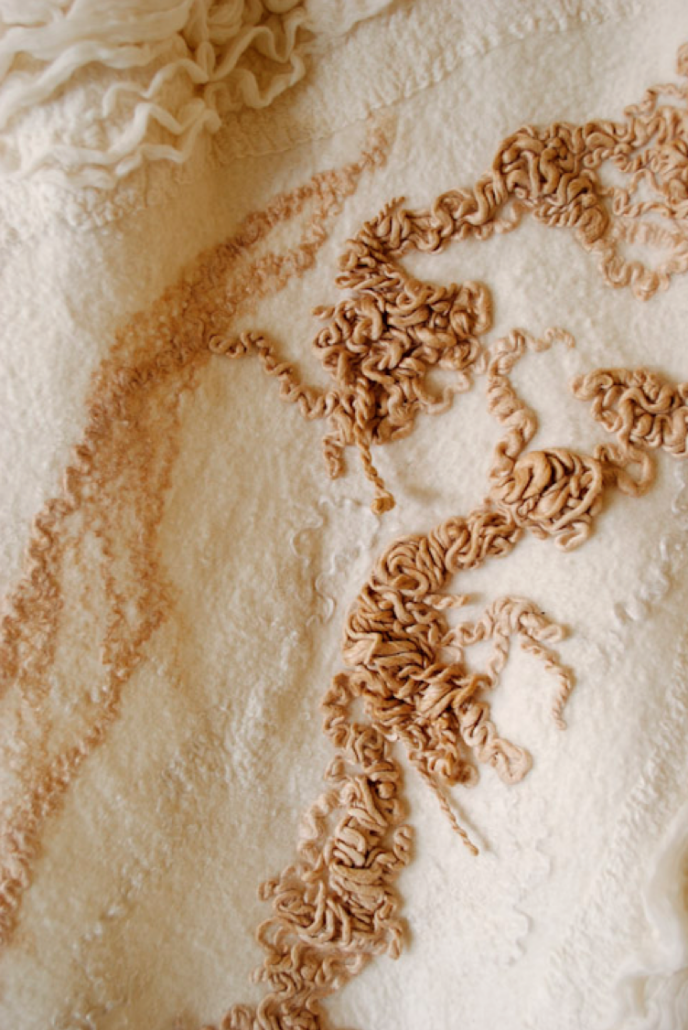
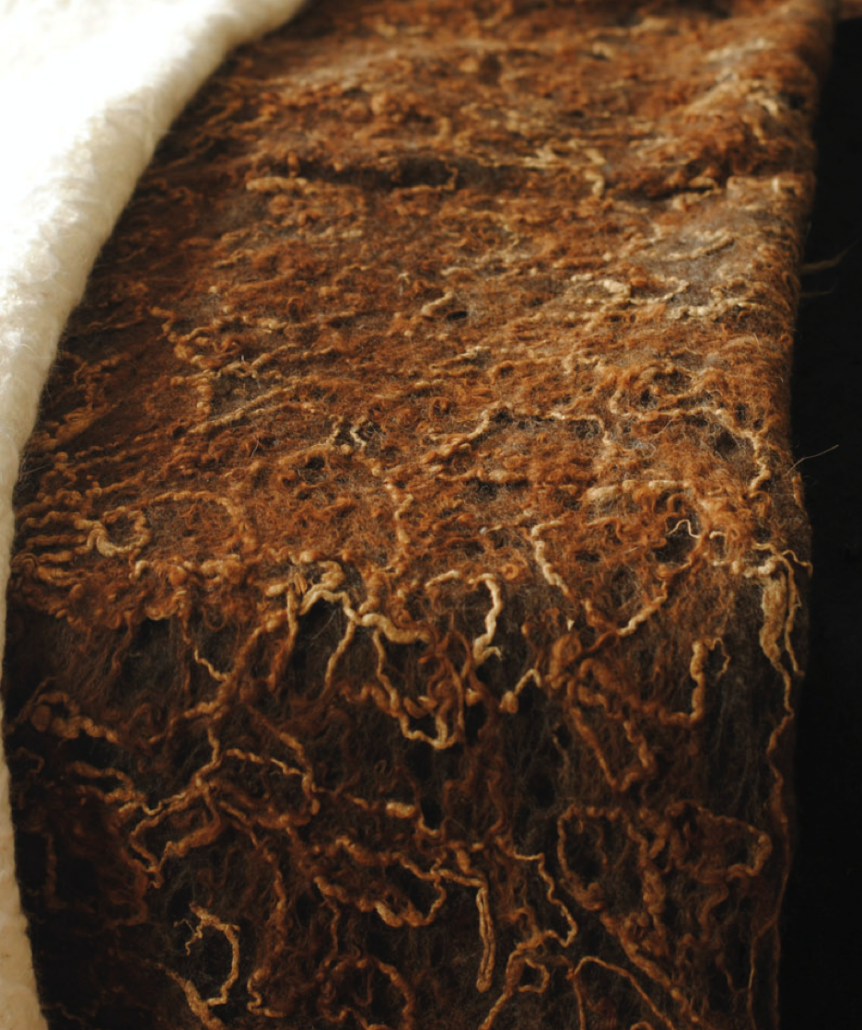
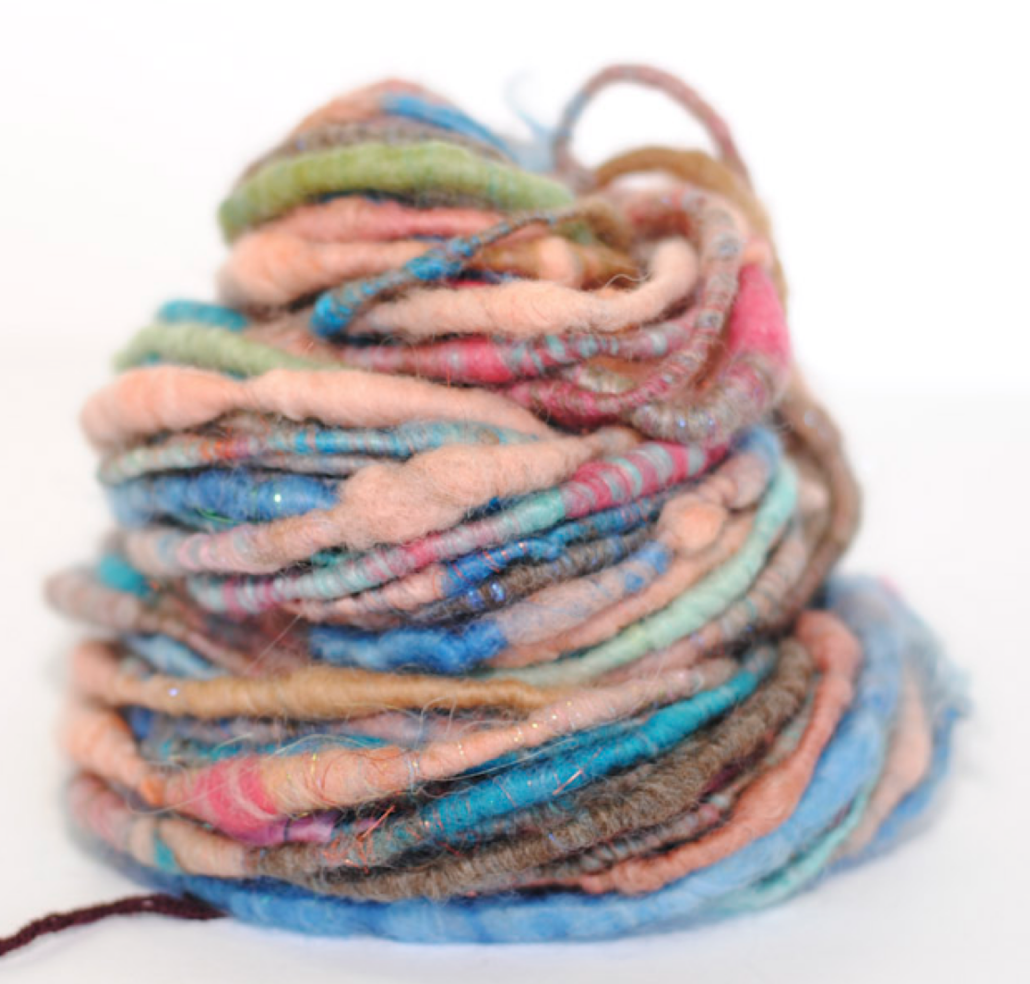
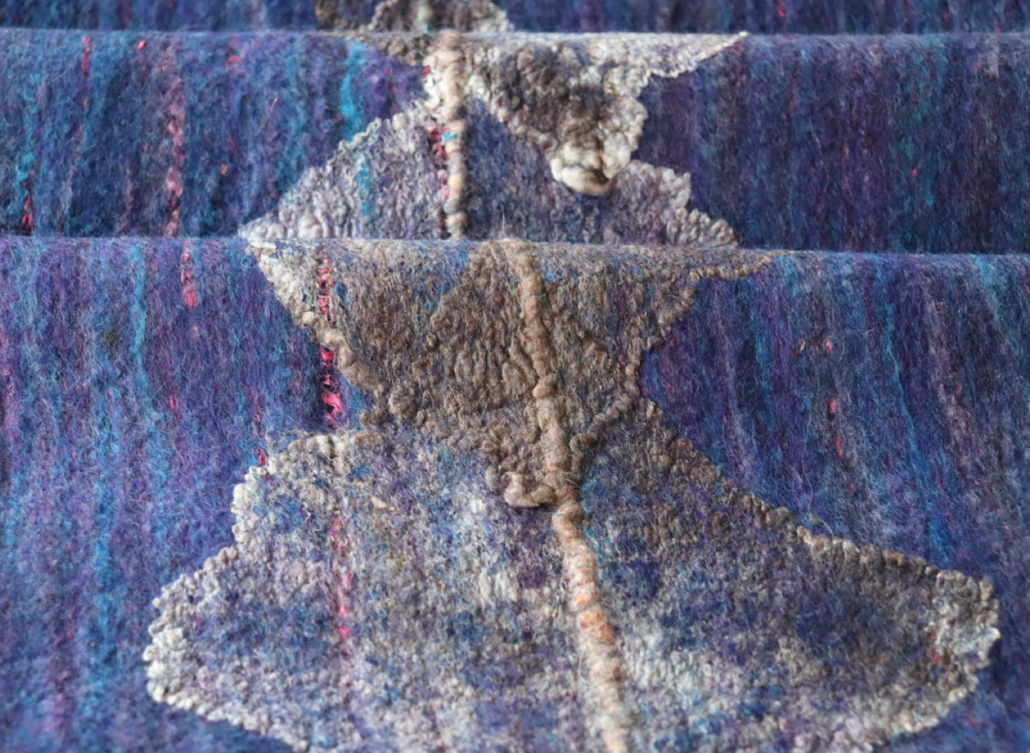
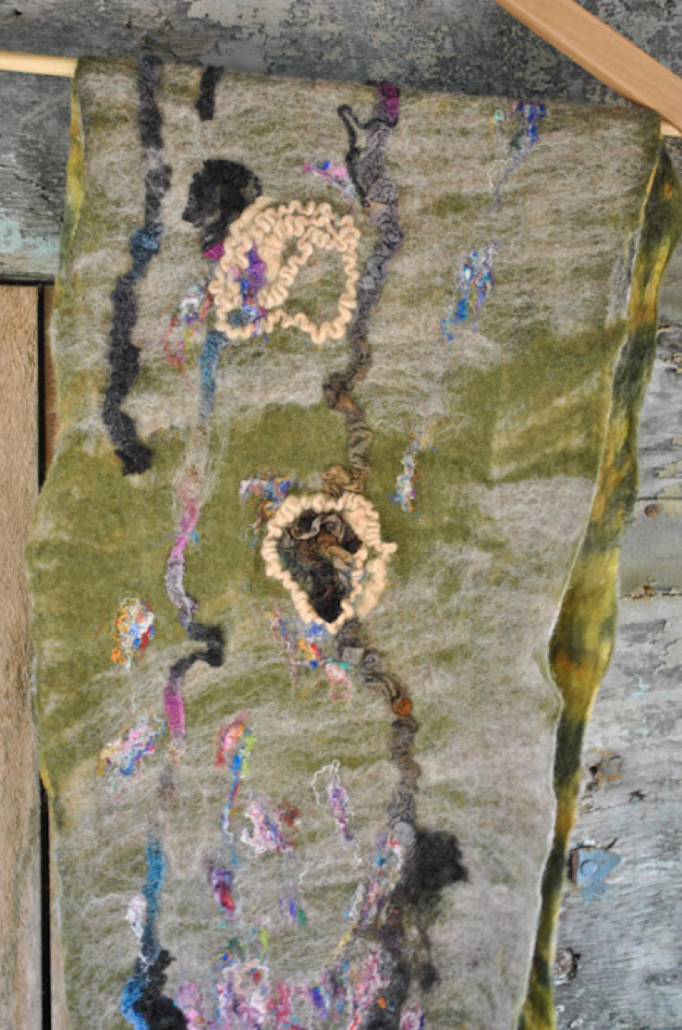

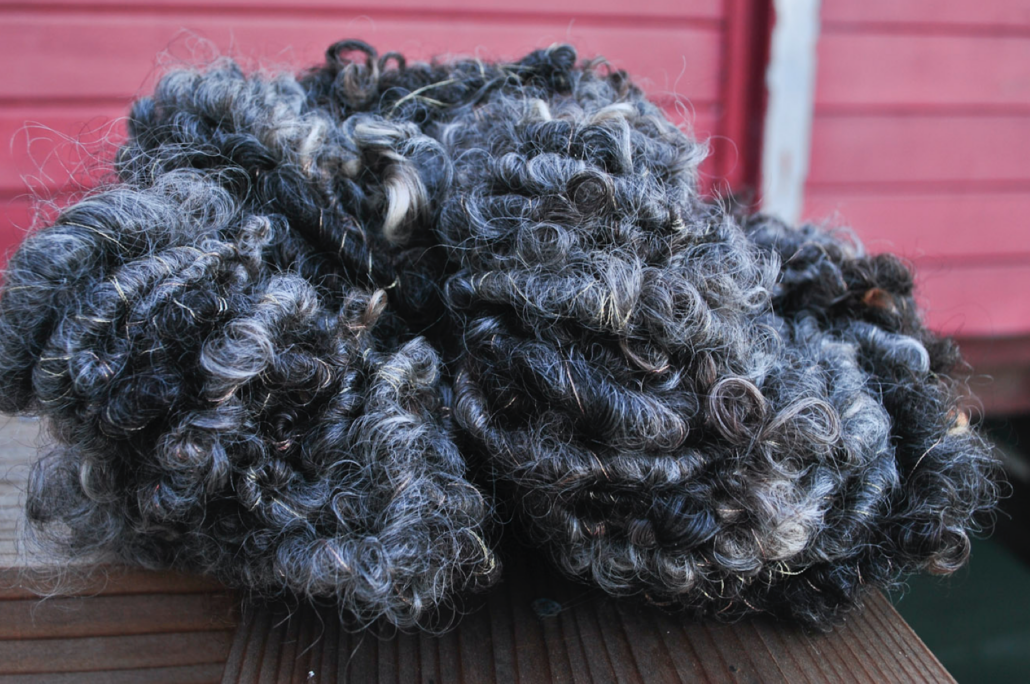
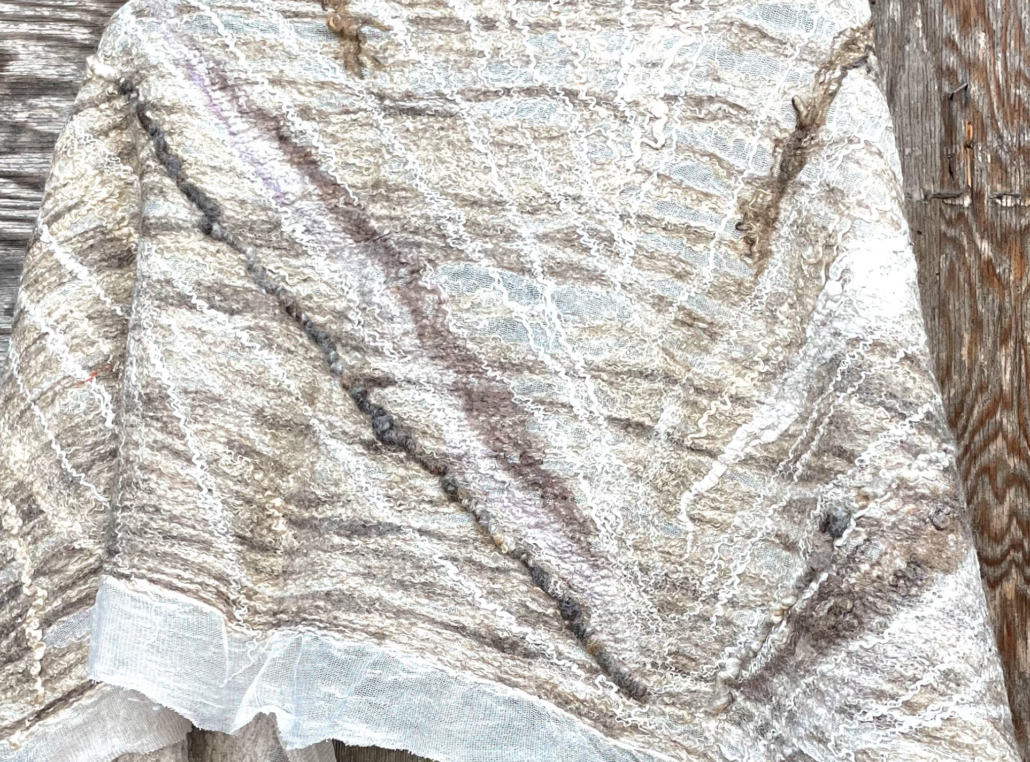


Leave a Reply
Want to join the discussion?Feel free to contribute!